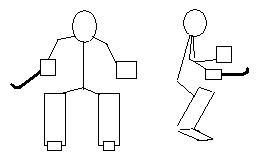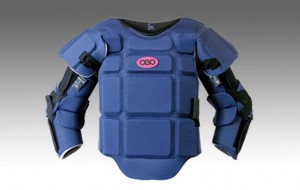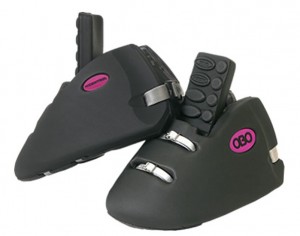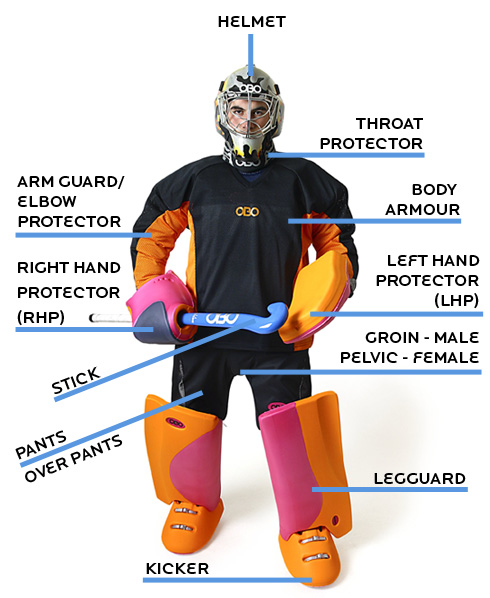Due to the requirements of goalkeepers who prefer an open view of the game (the ability to see what is around them, and to judge how the game will develop/see through screens), but the issues over safety of helmet/cage combos, some manufacturers are currently producing masks with an open view. In this case, the masks retain the same features of field hockey specific masks – injection moulded, high resistant plastics covering the head, but have a wider window of vision, covered by a strong cage (which is screwed in place, as usual, and has a design where the bars overlap in a tight shape; to stop the ball getting through, but a spread out over the wide opening of the helmet).
The masks have an ‘open window’, enlarging the space available to view out of, than normally available to the goalkeeper. In essence, they provide the peripheral vision of a helmet/cage setup, and the open space to shout at your team and direct the play, with the advantage of increased protection to the head area, using ridges to direct the ball away, and a chin area, like a mask, to increase lower facial protection. The cage is also generally thicker, using larger bars, and closed cat eye (meaning better protection for younger players), fitting like a mask with the backplate. Inside the helmet there is a chin cup (to hold the helmet in place on your head), held fixed by a velcro strapping system.
Possible problem areas include the neck area (the chin drops are not as long as those on normal masks), and the open shape of the mask leaves gaps under the ears. Be wary of shots to the side of your head, and wear neck protection to be on the safe side. It would be a good idea to wear neck protection underneath the helmet and get a dangler (preferably an ice hockey one for all-round protection)!
Companies that produce these types of mask include Grays, Mazon, and TK (who also have an international version available).
Pros
-
Provide better protection than helmet/cage combos
-
Moderate costs – affordable
-
Enhanced peripheral vision for a goalkeeper who wants a greater view of the game, and the option to shout out instructions more clearly to their team
Cons
-
Cage compatibility – cages do not come separately (you may want to try contacting the company/supplier about the possibility), so you will have to buy a new replacement helmet if the cage gets significantly damaged or broken
-
Protection issues in neck area below ears (due to curved design)




